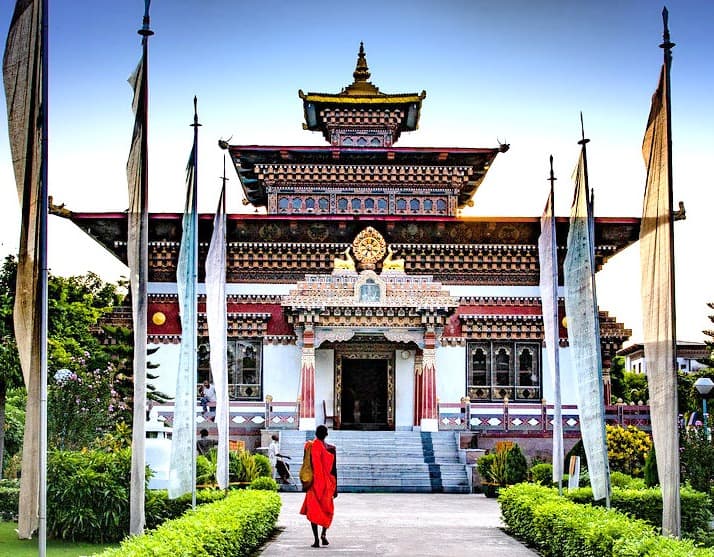When planning a trip to the majestic landscapes of Tibet, understanding the best time to visit Tibet is crucial for an enriching travel experience. Each season offers unique attractions and experiences due to the distinct Tibet travel seasons. The Tibet climate guide provides insights into what you can expect from Tibet's weather by month, helping you choose the best months to visit Tibet. Whether you’re interested in vibrant festivals during the Tibet festival seasons, breathtaking spring travel in Tibet, the lively summer in Tibet, the tranquil autumn sights in Tibet, or the serene winter tours in Tibet, there’s a perfect time for everyone. Careful planning and considering Tibet travel tips by season will enhance your journey, making it possible to fully enjoy the diverse Tibet visiting conditions and spectacular weather conditions Tibet has to offer.
At Druk Holidays, we pride ourselves on being the premier choice for discovering the best time to visit Tibet. Our deep understanding of the Tibet travel seasons ensures that we tailor your journey to coincide perfectly with the optimal Tibet weather by month, enhancing your experience whether you seek the vibrant festivities of the Tibet festival seasons or the tranquil beauty of winter tours in Tibet. With Druk Holidays, you receive expertly crafted itineraries that consider the Tibet climate guide and Tibet visiting conditions, making every trip not just a journey, but a seamless adventure across the breathtaking landscapes of Tibet. Choose Druk Holidays for an unmatched experience during the best months to visit Tibet—where every detail is handled precisely to ensure your travel is as spectacular as the destination itself.
Vibrant Festivals in Summer
Summer in Tibet is a spectacle of vibrant festivals, each echoing the rich cultural and spiritual heritage of the region. This period is not only characterized by warm weather and lush landscapes but also by a series of lively celebrations that draw both locals and tourists alike. If you're considering visiting Tibet during the summer, here are key highlights that showcase why this season is ideal for experiencing the heart and soul of Tibetan traditions:
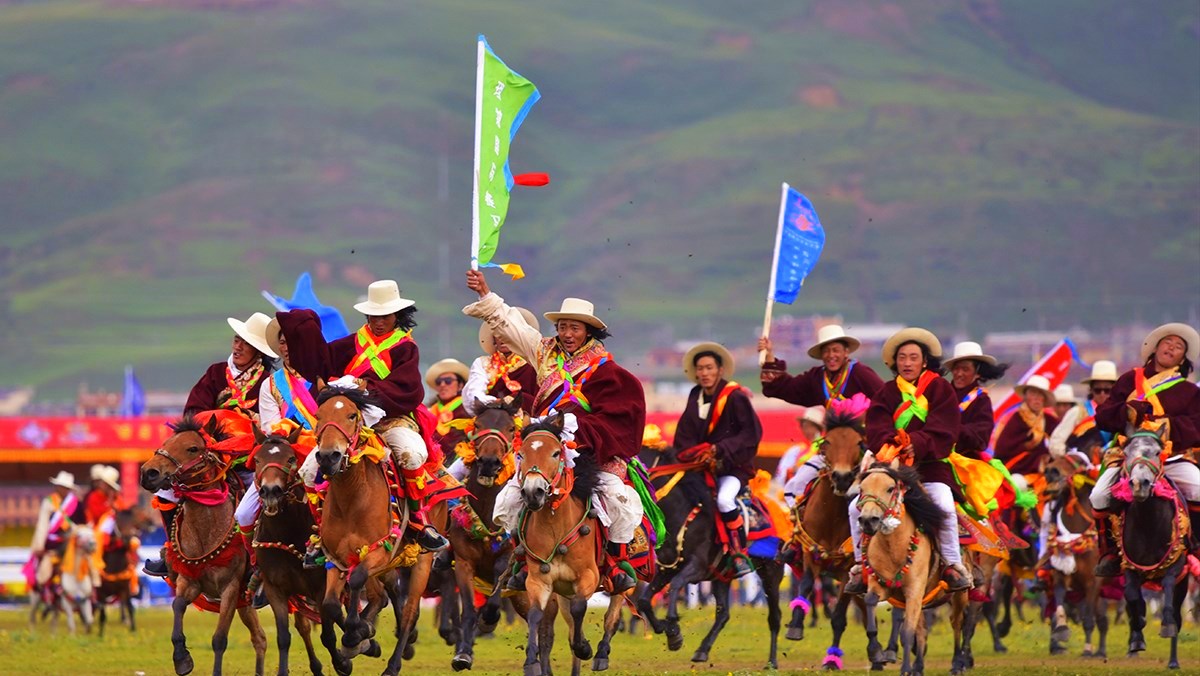
- Shoton Festival: Held in Lhasa, this is one of the most anticipated events in Tibet, beginning with the dramatic unfurling of a giant thangka of the Buddha at Drepung Monastery.
- Saga Dawa Festival: Celebrating the birth, enlightenment, and death of Buddha, this festival is marked by pilgrimages, prayer flag hangings, and acts of charity throughout the region.
- Horse Racing Festivals: Various locations across Tibet come alive with horse racing festivals, which include thrilling races, traditional dance performances, and local handicraft displays.
- Yarlung Cultural Festival: This festival showcases Tibetan opera, traditional music, and dances that tell ancient folk tales and religious stories rooted deeply in Tibetan culture.
- Gyantse Horse Festival: In addition to horse racing, this event features archery and athletic competitions, providing a glimpse into Tibet's warrior culture.
- Nakchu Horse Festival: Witness the speed and agility of Tibetan horses and their riders in one of the largest gatherings in the northern plateau, accompanied by vibrant costume displays.
- Samye Dolde Festival: Held at Samye Monastery, Tibet's first monastery, this festival includes religious rituals, sacred dances, and the chance to explore this historic site.
- Zamling Chisang/Samye Chima: A universal incense burning ceremony that involves local communities coming together to perform smoke offerings to appease local deities.
Visiting Tibet in summer offers a unique opportunity to dive deep into the festivities that showcase the region's spiritual and cultural vibrancy. Each festival, with its unique blend of religious significance and communal joy, provides insight into the Tibetan people's lives and beliefs. From the thrilling horse races to the solemn religious ceremonies, summer is the ideal time to experience the full spectrum of Tibet's cultural heritage, making it a truly enriching travel experience.
Optimal Trekking in Autumn
Autumn in Tibet is widely acclaimed as the best season for Tibet trekking, thanks to its clear skies, stable weather, and breathtaking landscapes. This season, from September to October, offers trekkers the best atmospheric conditions and vibrant fall colors that enhance the already stunning views of Tibet’s rugged terrain. Here are several reasons why autumn stands out as the prime time for trekking adventures in Tibet:
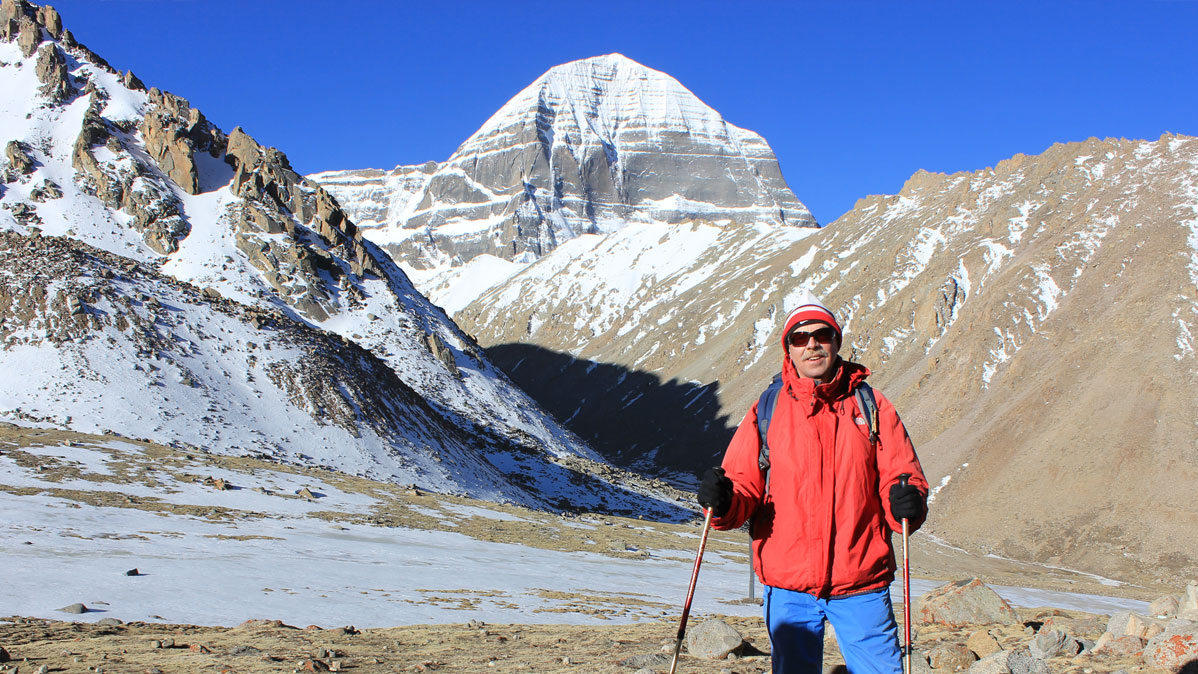
- Perfect Weather Conditions: During autumn, the heavy rains of summer subside and the biting cold of winter is yet to set in, providing mild and stable weather ideal for trekking. Daytime temperatures are comfortably cool, and visibility is at its peak, offering clear, panoramic views of the Himalayas.
- Enhanced Visibility: Autumn is known for its exceptionally clear skies, which allow for uninterrupted views of some of the world’s highest peaks, including Mount Everest. The reduced cloud cover during this season makes it ideal for photography enthusiasts looking to capture the perfect shot of Tibet’s iconic landscapes.
- Less Crowded Trails: As the peak tourist season winds down, the trails become less crowded, allowing for a more serene and personal experience. Trekkers can enjoy the natural beauty of Tibet at a more leisurely pace, often having large stretches of the trail to themselves.
- Rich Autumn Colors: The landscape transforms into a vibrant tapestry of colors with golden, red, and orange hues dominating the scenery. This natural decoration provides a spectacular backdrop for treks, enhancing the overall experience.
- Ideal Conditions for High-Altitude Treks: The stable weather and moderate temperatures are particularly favorable for high-altitude trekking, which can be challenging in other seasons due to extreme conditions. Autumn provides the reliability needed for safer and more comfortable ascents in high-altitude areas.
- Wildlife Sightings: The clear conditions and reduced human presence also increase the chances of wildlife sightings, as many animals are more active during the cooler parts of the day in autumn.
- Cultural Engagement: Autumn also coincides with some cultural festivals in Tibet, offering trekkers the opportunity to experience local traditions and hospitality. Villages along trekking routes may have unique celebrations and rituals, providing a cultural immersion that enriches the trekking experience.
Autumn not only promises the best weather and natural conditions for trekking but also a deeper connection with Tibet’s natural and cultural worlds. The combination of favorable weather, fewer tourists, and seasonal beauty makes it the optimal time for both seasoned trekkers and casual hikers looking to explore Tibet’s vast and varied landscapes. Whether aiming for high-altitude challenges or gentle walks through historic routes, autumn in Tibet provides an unmatched backdrop for an unforgettable trekking adventure.
Serene Winter Tours
Winter in Tibet is a season of profound beauty and tranquility, making it a perfect time for those seeking a quieter, more introspective travel experience. From November to March, the winter tours in Tibet offer a unique perspective of the region, draped in snow and basked in crisp, clear skies. Here are some of the reasons why winter is a special time to explore Tibet:
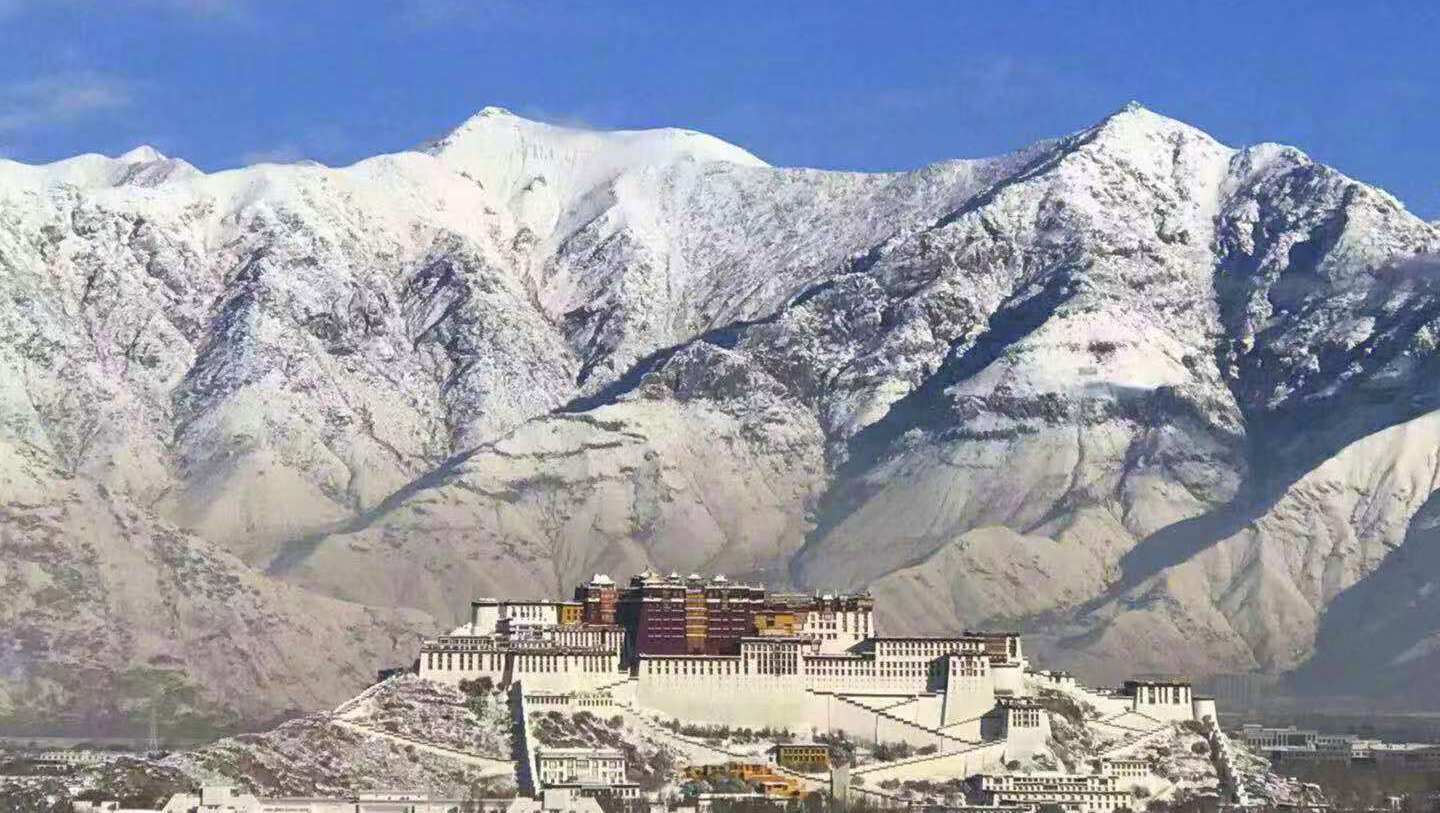
- Peaceful Exploration: Winter sees fewer tourists in Tibet, providing a more peaceful and intimate experience. This quiet period allows for unhurried visits to popular sites like Potala Palace and Jokhang Temple, where visitors can enjoy these iconic landmarks without the usual crowds.
- Dramatic Winter Scenery: The snow-covered Himalayas provide a stunning backdrop to Tibet’s already dramatic landscape. The clear winter skies enhance the visibility of these majestic peaks, offering breathtaking views that are not as commonly visible during other seasons.
- Unique Cultural Insights: Winter is an important season for Tibetan culture, with several significant festivals taking place, including the Tibetan New Year (Losar), which is marked by elaborate rituals, traditional music, and dance performances. These celebrations provide deeper insight into the rich cultural fabric of Tibetan society.
- Advantageous Travel Costs: Traveling to Tibet in winter can also be more economical, with lower prices for accommodation and other travel services. This cost-effectiveness makes winter an attractive option for budget-conscious travelers.
- Spiritual Solitude: Many monasteries and religious sites are less frequented in winter, offering a unique chance for solitude and reflection. Visitors can spend time with monks, participate in meditation sessions, and experience the spiritual life of Tibet in a more personal and profound way.
- Winter Wildlife: The cold season is also an excellent time for wildlife enthusiasts. The lower temperatures bring out different wildlife behaviors and migrations, particularly in the region's nature reserves, where animals like the Tibetan antelope can be observed.
- Ideal for Photographers: The sharp winter light and long shadows create ideal conditions for photography, particularly early in the morning or late in the afternoon. Photographers can capture stunning images of the landscape and life in Tibet that differ markedly from those taken during other seasons.
Winter tours in Tibet are perfect for those who appreciate serenity, stunning snowy landscapes, and cultural richness. The season offers a unique opportunity to see Tibet in a different light—quiet, contemplative, and visually stunning. Despite the cold, the rewards of winter travel in Tibet are plentiful, from economical travel options to the chance to witness and participate in deeply spiritual practices. If you’re looking for a unique time to visit, winter in Tibet offers a quiet beauty unmatched by the bustling tourist seasons.
Blossoming Spring Landscapes
Spring in Tibet, spanning from April to June, offers a spectacular display of nature as the landscape awakens from the winter cold. This season is celebrated for its blossoming spring landscapes and is considered an excellent time for visitors to explore the natural beauty and cultural vitality of Tibet. Here are the highlights of visiting Tibet during this vibrant season:
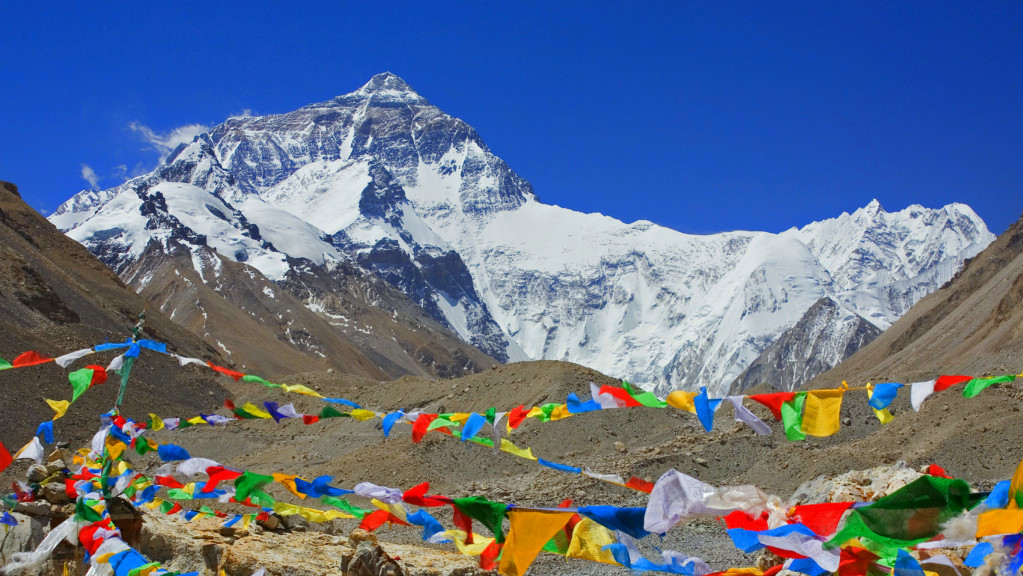
- Vivid Natural Beauty: As the snow melts, Tibet’s valleys and plateaus burst into life with wildflowers and lush greenery. The blooming flowers against the backdrop of snowy mountains create picturesque scenes ideal for nature lovers and photographers.
- Mild Weather: After the harsh winter, spring brings milder weather to Tibet, making it comfortable for travel and exploration. The increasing warmth revitalizes the region, offering pleasant daytime temperatures perfect for sightseeing and outdoor activities.
- Clear Skies: Spring is known for its clear, blue skies, providing unobstructed views of Tibet’s famous peaks, including Mount Everest. These clear conditions are ideal for trekking and mountaineering, as well as for enjoying panoramic views of the breathtaking landscape.
- Cultural Festivals: Spring also coincides with several Tibetan festivals, such as the Saga Dawa Festival, which marks important events in the life of Buddha. These festivals are vibrant and colorful, offering insights into the spiritual and communal life of the Tibetan people.
- Wildlife Activity: The warmer weather and blooming landscapes invite a flurry of wildlife activity. Spring is a great time for wildlife observation as many species are more visible and active, engaging in seasonal behaviors.
- Fewer Tourists: Compared to the peak summer months, spring sees fewer tourists, allowing for a more relaxed and intimate experience when visiting popular attractions and engaging with local communities.
- Ideal for Photography: The dramatic landscapes adorned with flowers and the play of light and shadow under the spring sun create ideal conditions for photography. Enthusiasts can capture the vibrant contrasts and details of Tibet’s natural and cultural scenes.
- Rejuvenation and Renewal: Spring symbolizes renewal, and visiting Tibet during this time can be particularly rejuvenating for travelers. Engaging with the lively, renewing energy of the land and its people can offer a profound sense of renewal and connection.
Experiencing the blossoming spring landscapes in Tibet is to witness the land in a moment of transformation and renewal. The combination of favorable weather, vibrant festivals, and natural beauty makes spring an exceptional time to explore Tibet’s diverse offerings. Whether you're trekking through flowering valleys, attending colorful festivals, or simply enjoying the serene beauty of nature, spring in Tibet is a season not to be missed.
Cultural Immersion in the Low Season
The low season in Tibet, generally spanning from late November to early March, offers a unique opportunity for travelers seeking a deeper cultural immersion. During these quieter months, the pace slows and the tourist crowds thin out, allowing for more authentic experiences and interactions with local Tibetan culture. Here are compelling reasons why visiting Tibet during the low season can be incredibly rewarding:
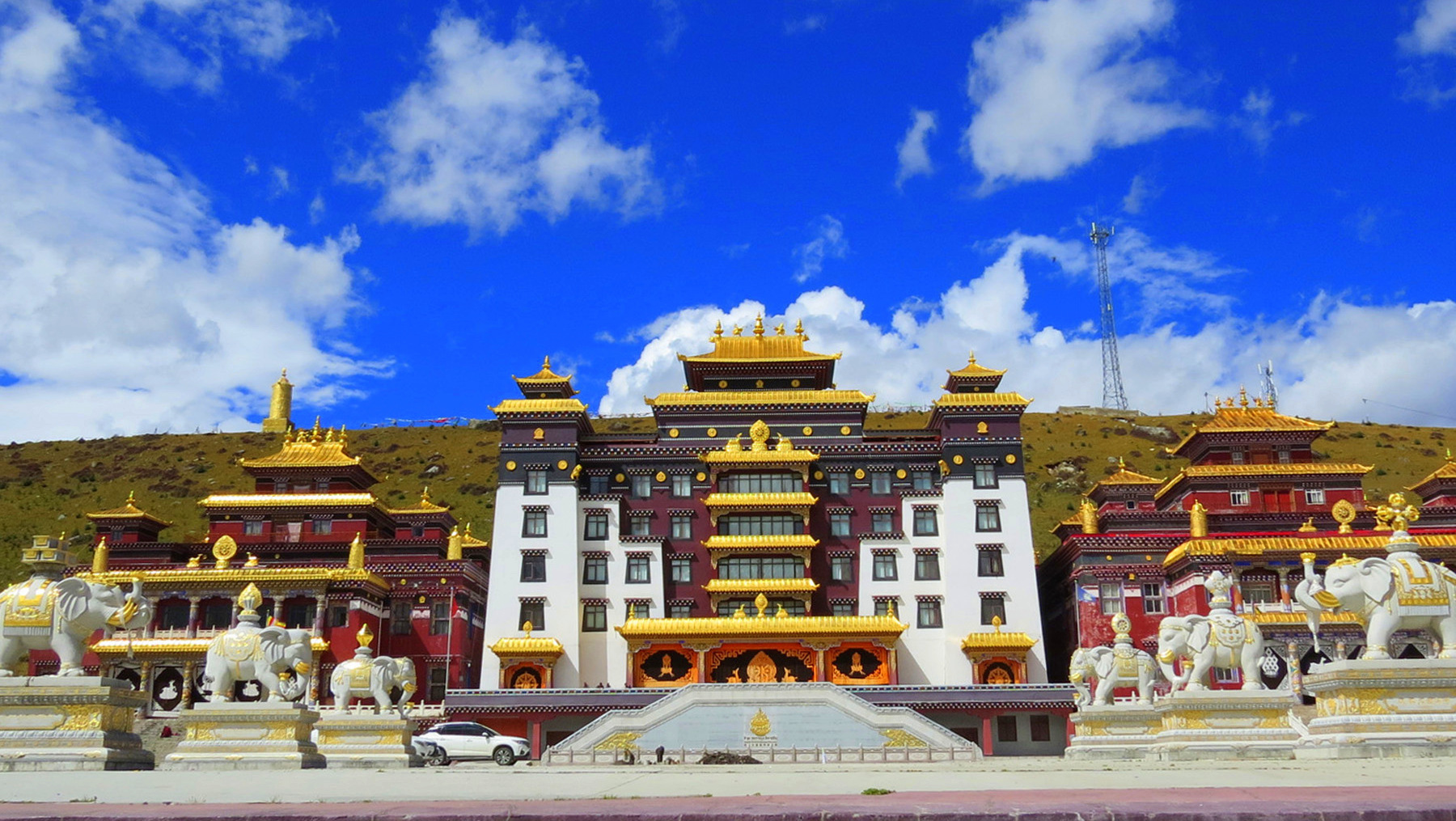
- Intimate Cultural Experiences: With fewer tourists around, you have a greater chance to engage more deeply with local residents and monks. This is an excellent time to visit monasteries, participate in daily rituals, and even sit in on philosophical debates, offering insights into the spiritual and cultural practices that are harder to appreciate during busier times.
- Participation in Traditional Festivals: Winter in Tibet is marked by several significant festivals, such as Losar, the Tibetan New Year. This festival is rich in cultural traditions, including ancient rituals, dances, and the preparation of special foods. Visitors during the low season can experience these celebrations first-hand, often being welcomed into local homes for festivities.
- Less Commercial, More Authentic: The low tourist traffic during this season means that many of the experiences and interactions are not as commercialized. This authentic environment allows for more genuine discoveries and a real sense of Tibet's way of life.
- Learn Traditional Crafts: The low season is a good time for travelers interested in learning about Tibetan crafts and arts. Many workshops and courses — from thangka painting and pottery to Tibetan cooking classes — are more accessible and less crowded.
- Enhanced Spiritual Engagement: The tranquil atmosphere of the low season is conducive to spiritual exploration. Many travelers find this time ideal for meditation and reflection, particularly in the serene settings of Tibet's monasteries and temples.
- Economical Travel: Visiting Tibet in the low season can also be more economical. Lower demand typically leads to reduced prices for accommodations, guided tours, and transportation, making it a budget-friendly option for many.
- Wildlife Watching: The winter months can also be an excellent time for wildlife enthusiasts to visit. The lower temperatures mean animals are often more visible, especially in the early mornings and late afternoons.
- Photography Opportunities: The stark contrasts between the snowy landscapes and the clear winter skies create excellent conditions for photography. The low angle of the sun provides beautiful natural light, enhancing the photographic appeal of Tibet’s architecture and landscapes.
Choosing to travel to Tibet during the low season offers a chance to see a different side of Tibet — one that is quieter, more reflective, and deeply cultural. For those willing to brave the colder temperatures, the rewards include a richer, more intimate travel experience that delves into the heart of Tibetan life and traditions.
Dynamic Weather Conditions
Tibet's dynamic weather conditions are a fascinating aspect of planning a visit to this high-altitude region. Known as the "Roof of the World," Tibet's climate is characterized by its thin air, intense sunlight, and significant temperature variations between day and night. Understanding these conditions is crucial for any traveler looking to explore the area comfortably and safely. Here’s what you should know about the weather patterns across different times of the year:
- Intense Sunlight and UV Exposure: Due to its high elevation, Tibet experiences very intense sunlight. The UV radiation levels are significantly higher than at lower altitudes, making sun protection essential year-round. Sunglasses, sunscreen, and hats are not just recommended; they are necessary to prevent sunburn and eye damage.
- Significant Diurnal Temperature Variation: One of the most striking features of Tibet's weather is the large temperature swing between day and night. It's not uncommon for temperatures to drop by 20 degrees Celsius or more after sunset. This diurnal variation means that layers are essential, allowing visitors to adapt to the fluctuating temperatures throughout the day.
- Winter Cold: Winter in Tibet (November to March) is severe, especially in the north and western regions. Temperatures can plummet well below freezing, and many mountain passes may be closed due to snow. However, the winter also brings fewer tourists and offers clear, crisp days with deep blue skies, ideal for photography.
- Summer Monsoon: From June to September, Tibet enters its monsoon season, which can bring sudden showers and cloudier skies, especially in the eastern part of the region. Despite the rain, summer remains a popular time to visit due to the warmer temperatures and the lush, green landscapes that follow the rain showers.
- Spring and Autumn Clarity: Spring (April to June) and autumn (September to October) are considered the best times to visit due to the moderate weather and minimal rainfall. These seasons offer clear, dry days that are ideal for trekking and sightseeing, with excellent visibility of the Himalayas.
- Preparing for Altitude: Beyond temperature and precipitation, the high altitude itself significantly impacts the weather and how visitors react to it. Altitude sickness can affect anyone, regardless of fitness level. Preparing for Tibet's altitude involves acclimatization days in your itinerary and staying hydrated and rested.
- Wind Conditions: Tibet is also known for its strong winds, especially in higher altitudes and during the change of seasons. These winds can suddenly make warm days feel quite cold and can impact travel plans, especially if crossing high passes or exposed areas.
Navigating Tibet's dynamic weather conditions requires preparation and flexibility. By understanding the seasonal variations and daily weather patterns, travelers can better plan their activities and ensure a comfortable and rewarding visit to this unique and breathtaking part of the world. Whether trekking through the rugged landscapes, participating in local festivals, or simply soaking in the spiritual atmosphere, being well-prepared for Tibet’s climate is key to enjoying all that this majestic land has to offer.
Choosing the best time to visit Tibet depends largely on your personal interests and the experiences you wish to have. Whether you're drawn by the vibrant cultural festivals of summer, the optimal trekking conditions of autumn, the peaceful and introspective atmosphere of winter, or the lush and vivid landscapes of spring, each season in Tibet has its own unique allure. By understanding the distinct characteristics of Tibet travel seasons, including the Tibet weather by month and Tibet climate guide, travelers can plan their journey to ensure they experience the rich tapestry of Tibetan culture and nature at its finest. Remember, each time of year offers a different perspective on this breathtaking region, making any season a great time to explore the wonders of Tibet.
FAQs for the Best Time to Visit Tibet
Q: What is the overall best time to visit Tibet?
A: The months of April to October are generally considered the best time to visit Tibet, offering moderate weather and the opportunity to participate in major festivals.
Q: When is the peak tourist season in Tibet?
A: The peak tourist season in Tibet is from July to August, coinciding with the summer holidays and optimal weather conditions for outdoor activities.
Q: Which season is best for trekking in Tibet?
A: Autumn, particularly from September to October, is the best season for trekking in Tibet due to stable weather, clear skies, and mild temperatures.
Q: Can I visit Tibet in the winter? What are the conditions like?
A: Yes, you can visit Tibet in winter, from November to March. Although it is cold, especially at night, the days are often sunny, and the tourist sites are less crowded.
Q: What are the advantages of visiting Tibet in the spring?
A: Spring (April to June) is ideal for experiencing the blossoming landscapes and cultural festivities, with fewer tourists and mild weather.
Q: Is summer a good time to visit Tibet despite the monsoon?
A: Yes, while it is the monsoon season, mornings are usually sunny and clear, and rain mostly falls in the afternoon or evening, which still allows for enjoyable travel experiences.
Q: Are there any cultural festivals I can attend if I visit in summer?
A: Summer is rich with cultural festivals in Tibet, including the famous Shoton Festival in Lhasa and the horse racing festivals in Nakchu and Gyantse.
Q: What should I pack for a trip to Tibet in autumn?
A: For autumn trips, pack layers including a down jacket, fleece, thermal undergarments, and a waterproof outer layer to accommodate the cool mornings and evenings as well as potential rainfall.
Q: What is the best time to visit for photographers?
A: Autumn is particularly spectacular for photographers, offering clear air, dramatic views of the Himalayas, and vibrant autumn colors.
Q: How does the altitude affect the best time to visit Tibet?
A: High altitude means the potential for sudden weather changes and colder temperatures year-round. It’s essential to plan your visit when weather conditions are most stable, typically in spring and autumn, to allow for proper acclimatization.


